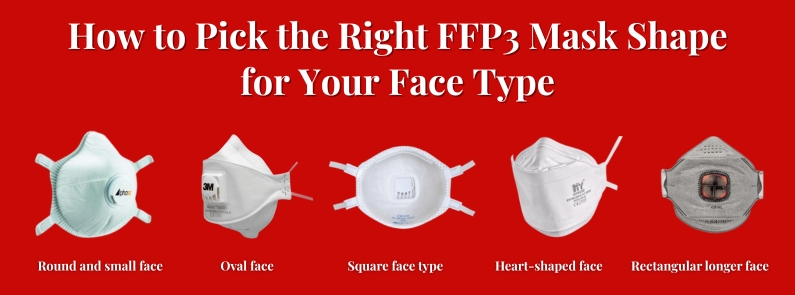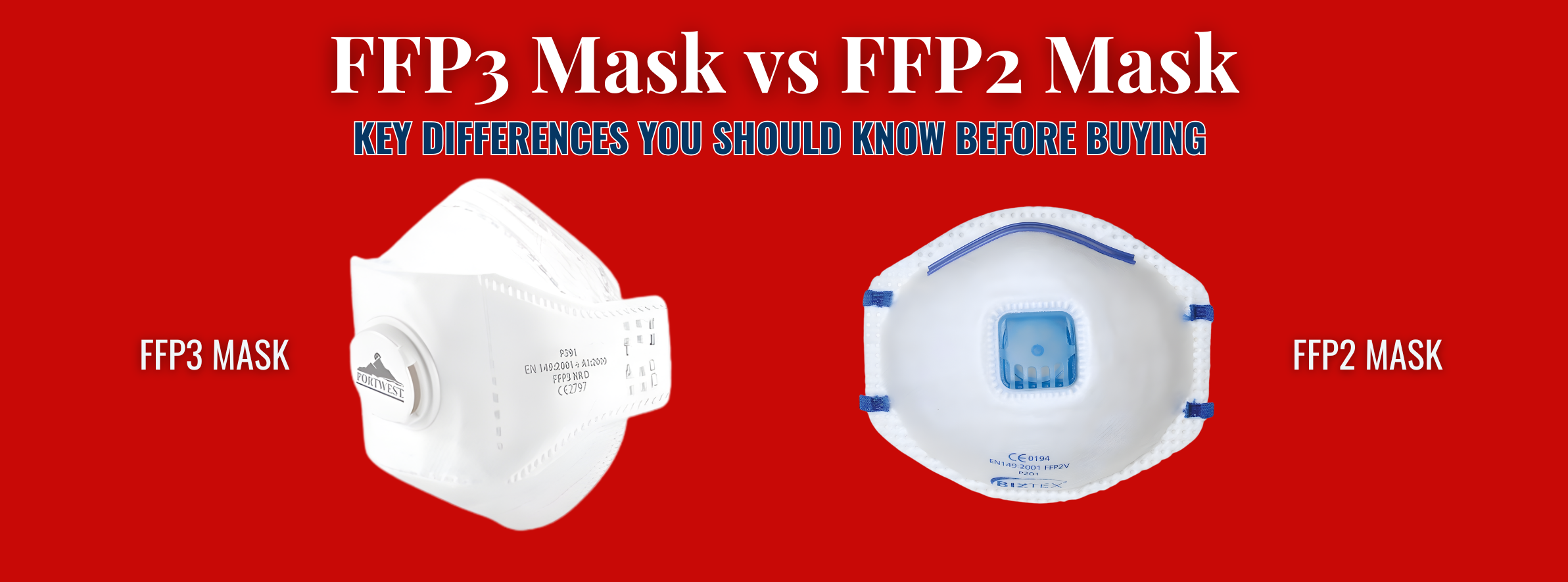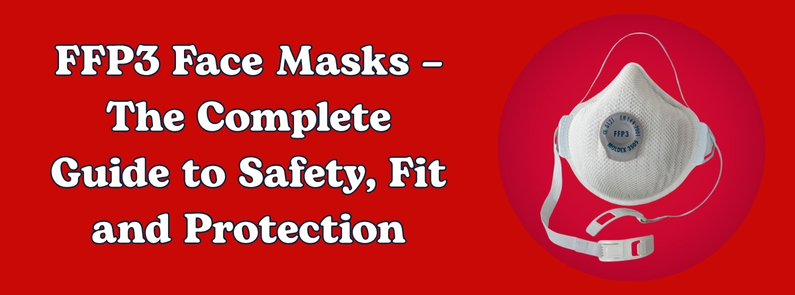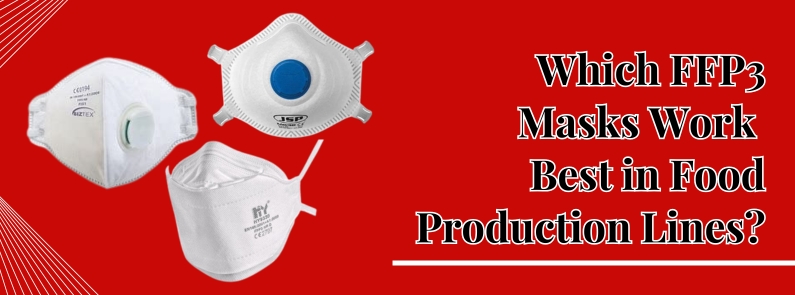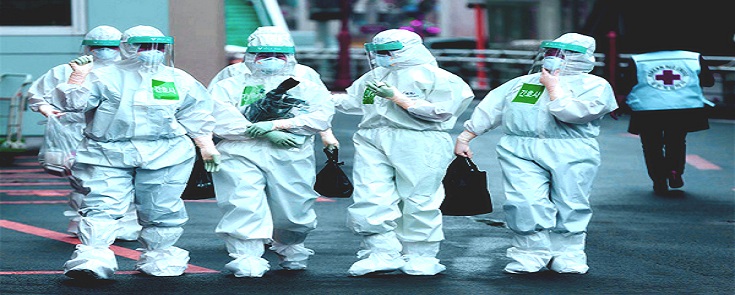
Personal protective equipment (PPE) can include items such as helmets, gloves, eye protection, hazmat suits, high-visibility clothing, safety boots, safety harnesses, earplugs, ear protectors, and respiratory protective equipment (RPE): N95 masks UK, 3M Respirator and JSP Force 8.
PPE is considered the lowest rung in the risk control hierarchy, the option of last resort. Remediation is only appropriate if the risk can't be eliminated completely or controlled in a way that is unlikely to cause harm by lowering the risk at the source or eliminating the hazard altogether.
It is necessary to hold or wear a proper type of personal protective equipment (PPE) in situations of risk. Accordingly, there are various types of personal protective equipment that users must use in order to be protected for employees working in Logistics and Transportation.
Protective headgear
PPE provides protection from falling materials and objects swinging from above, helping to prevent harm. Additionally, the head protectors are designed to safeguard you from any moving or static objects in your environment that have the potential to harm you under various working conditions. A hair net or cap can even guard against scalping or entanglement when worn on machines.
Equipment to protect your head:
- Helmets
- Hard hats
- Bump Caps.
- Guards
Protection for Hands
Wearing hand protection equipment when needed is imperative as not wearing them often results in injuries to hands, arms, and fingers or even puts you at risk of various infections and diseases. In addition to protecting against heat, cold, vibration, burns, cuts from sharp objects, metabolic risks, and chemical contamination, hand protection equipment is also capable of providing bacteriological protection.
Among the equipment used to protect hands:
- Hand and finger protection.
- Arm cuff nets.
Protection for the eyes
At certain workplaces, wearing protective eyewear is critical for protecting employees from flying particles, molten metal, chemical gases, and harmful radiation or like in logistics and transportation, offering protection from infections and helping in clear visibility and comfort for long hours together.
Wearers of this PPE should be able to see clearly and move comfortably as well as be able to clean it.
- Welding shields
- Glasses, and
- Laser safety goggles are all forms of protective eyewear.
Protection for Ear
In workplaces with high sound levels, hearing protection equipment is a necessity. In addition to providing hearing protection that is suitable for the working environment, it is also important that it is hygienic and comfortable for users. An employee is best protected by providing a variety of protectors so that they can choose the one that suits them.
Among the items used for hearing protection are:
- Earplugs and defenders
- Noise meters
- Communications sets
- Acoustic foam
Medical face masks
The surgical mask is a loose-fitting, disposable item that covers the wearer's mouth and nose in order to prevent him or her from breathing in external allergens. PPE protects the wearer from large droplets or splatters containing germs, as well as reducing the transmission of saliva and respiratory secretions.
Protection for Foot
Protection for feet and legs is provided by foot protection equipment, such as protection from extreme temperatures, crushing, piercing, cutting, slipping, chemicals, and electricity while working for hours together. Typically, it is required when users work in industries that are exposed to extreme temperatures, handle chemicals, work with forestry, or need to manually shift heavy objects as in logistics and transportation.
These items provide foot protection and can be mentioned as examples:
- Footwear that is safety-approved
- Boots that are antistatic.
Protection for Respiratory System
As long as manufacturing and transporting has existed, employees have used respirators in order to prevent inhaling contaminated air, fumes, gases, or sprays. The wearer must wear the protective equipment close to their faces and cover their mouth and nose tightly to be effective.
Most commonly used are N95 respirators with filtering facepieces. The ability to filter particles as well as bacteria is tested and certified after it has been manufactured, regardless of the use of the industry it will be put into use.
Since the outbreak of COVID-19, N95 respirators have become a necessary piece of personal protection equipment across the world. When power-driven air-purifying respirators are not available, more complex alternatives can be used such as supplied-air respirators (SARs) or high-efficiency particulate arrestance (HEPA).
A range of 3M Respirator masks is available from certain private label manufacturers. Masks manufactured by these companies usually meet KN95 or N95 standards. The likelihood of the respirators and JSP force 8 failing quality standards can be reduced by buying them from a reputable company.
Wrap Up
Among the most commonly used Personal Protective Equipment in logistics and Transportation is Respiratory Protective Equipment. Although various above-mentioned types of equipment are also brought into use depending upon the requirement. However, it is recommended to incorporate a 3M respirator mask as a standard for individuals engaged in logistics to ensure optimum safety and protection.

